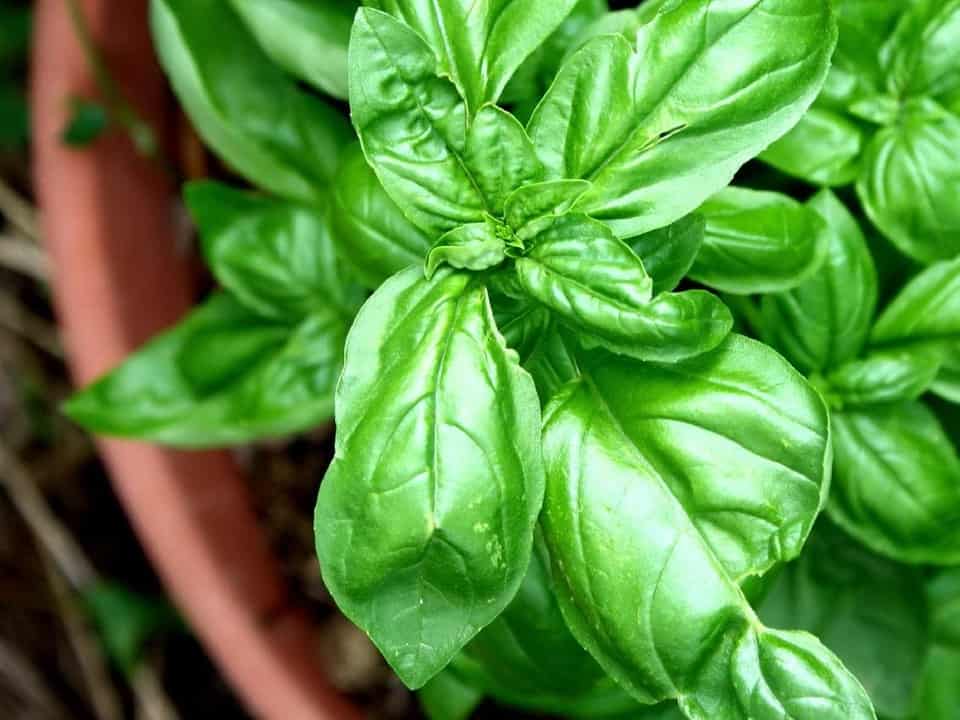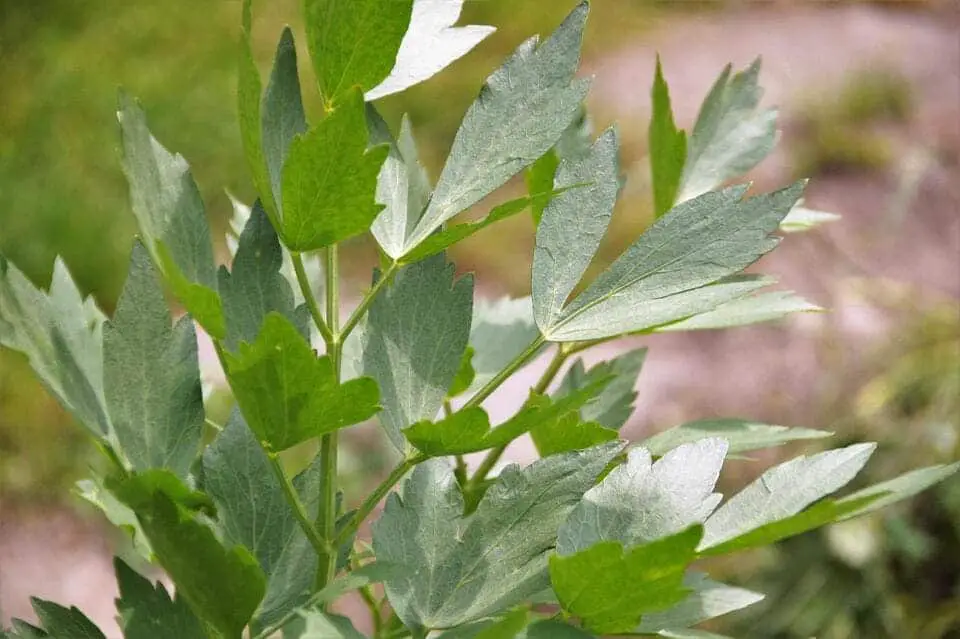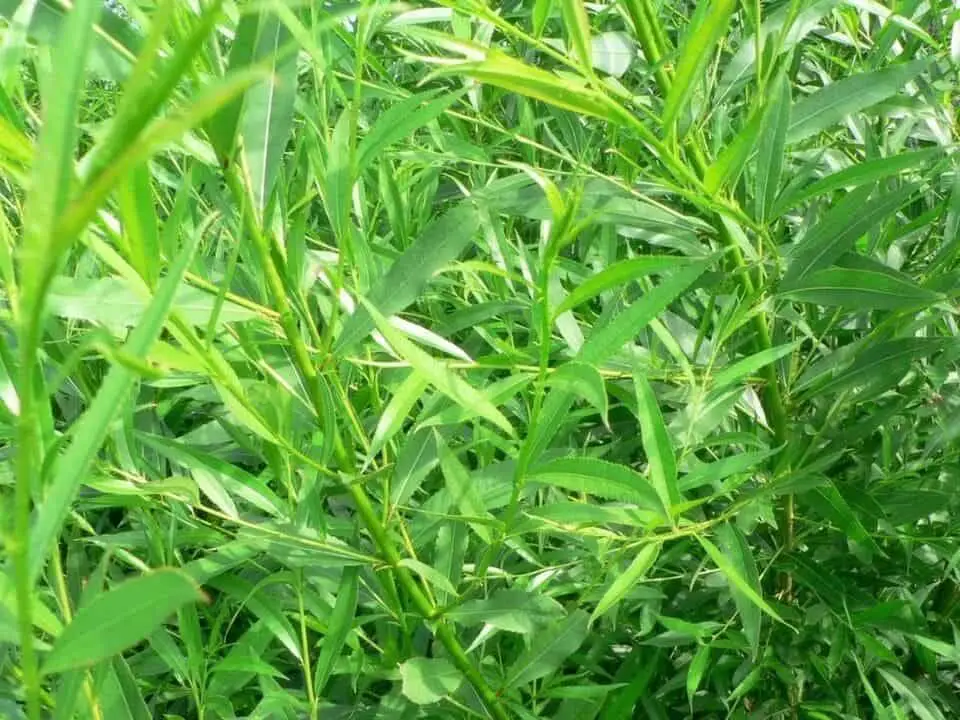The gorgeous aroma of freshly-picked herbs is a good start to any culinary masterpiece. Excellent companions for basil include chives, chili peppers, cilantro, tarragon, and parsley. All of these need rich, fertile soil and frequent watering so grow these with tomatoes to enjoy a range of aromas and flavors in your recipes. All herbs adore a sunny spot so ensure your herb pots get a south-facing window or a sheltered spot in your garden or greenhouse.
Here are some of the best herbs that grow well together, the list included Basil, bay, chives, chili peppers, cilantro, dill, lovage, mint, parsley (moss curled and flat leaved), tarragon.
Can I plant all my herbs together?
The simple answer is yes you can if you group your herbs according to soil and watering needs. Mediterranean herbs like basil and cilantro do well in pots or in the ground but parsley does best in fertile soil with some light shade. Thyme prefers it very dry. Bay grows as a small shrub; just pick the leaves and dry them before use. Tarragon grows well anywhere and next to any other herb.
Just remember to take cuttings from it at the end of the season because it does not grow from seed. Take several to make sure and keep them indoors in winter.
All herbs love the sun. However, thyme, oregano, and tarragon prefer dry conditions and less fertile soil, so plant these in a different area or pot to avoid overwatering.
Some herbs, like sage and rosemary, are best grown alone and will form a substantial bush with beautiful flowers that bees adore but sage can also inhibit the growth of other plants, so give it some space.
Which herbs do not go together?
Sage is not on my list because it will triumph over almost any other plant so give it plenty of space! Cilantro and fennel are not good together. Dill and fennel cross breed and create a hybrid, unpredictable taste. Don’t grow moisture needy herbs like chili peppers and basil close to herbs that prefer drier conditions.
What herbs grow well with basil?
Basil grows in a bushy shape in several varieties and colors, with a really distinctive taste. Sow basil from seed in spring; then choose your favorite by taste and trial. Basil is the main ingredient for pesto, an Italian staple made from basil leaves mixed with pine nuts.
Chives, tarragon, cilantro, chili peppers and parsley all like the same conditions as basil. It grows really well next to tomatoes. Think how they look and taste – tender, delicate green leaves and bright red tomatoes are fabulous together in salads and pizzas, so this is an excellent combination in your garden planning. If you plant marigolds near basil, this also helps to keep pests at bay.
Lovage leaves, parsley and chives will add a variety to your salad bowl and will happily accompany basil too. Chili peppers will come into their own later in the season when their hot pods ripen from light green to fiery red.
Mint and basil can be compatible; however mint spreads really quickly so I recommend you limit mint in a pot, next to your delicious basil plants to avoid this.
In hot weather, basil tends to flower and then go to seed. To stop this from happening, water well, pick the shoot tips and pretty white flowers regularly. The flowers are edible and also add to the color in a salad bowl. Pick leaves often and from the tip of the plant.
What soil do herbs like?
Basil and tomatoes are hungry plants so give them good compost, with manure if you can or feed them throughout the season. Parsley and chili peppers also like a humus-rich medium and well-drained soil. Most herbs do not like wet roots, particularly thyme, oregano and marjoram. You can add perlite or gravel to your soil to help counteract this.
How often do I need to water my herbs?
Herbs need water to germinate so ensure the compost is moist in spring. In summer, water plants daily for greenhouse plants or those on sunny window sills. As a general rule, if a basil herb or tomato plant is drooping, water generously. For the herbs that prefer a drier environment, test the soil around the herb gently, with your finger. If it seems dry, then water sparingly.
Herbs you can Grow Together
Herbs are wonderful to add taste to your cooked meals and you can eat basil, chives, lovage, cilantro and parsley fresh from the plant or chop into salads to make them more interesting.
Basil
Basil needs rich soil so add plenty of compost and grow it alongside tomatoes, chives, chili peppers, parsley, and cilantro. Give them all daily watering in hot weather.
Lovage
Lovage prefers to start indoors and to move outside when it is warmer but would fit happily with these herbs. Flat-leaved and moss curled parsley grow well with all of these herbs but they do prefer a bit of shade so plant under a tomato which will do the trick.
French tarragon
French tarragon is a unique taste and cheerfully grows in any situation. Its smell deters visits from many aphids and pests. A wonderful companion to all the herbs! The only proviso is that it will not tolerate frost so be sure to life the plant in autumn and keep it indoors.
Dill

Sage and Rosemary
Other herbs not included here are simply better planted alone – such as sage and rosemary.
These two will grow into a bush with gorgeous flowers, which attract pollinators to your garden, but can inhibit the growth of plants too close to them so choose your site well. Marjoram tends to spread and likes dry conditions as does oregano, rosemary, sage and thyme.
Finally, the bay grows well in a pot or in the ground. Remember that you need to dry bay leaves before using them in the kitchen or before you add them to seasoned herb oil. This makes a great personalized present for an herb lover. You can add 2 or 3 of their favorites and allow the flavors to sink in for a few months before giving it to them.
MORE INFO
Basil, parsley, cilantro are best planted from seed each year. Think of some of these herbs as annuals – grow them from seed and keep an eye on them for aphids or watch them going to seed. If you sow a second set late summer, then you can overwinter these indoors. There is a lot less sun in winter though so plant growth will not be as healthy as in summer.
Chives will usually die off in winter but come back the following year so remember where you plant them by leaving a label.
French tarragon will not survive a frost so make sure you take cuttings and bring it indoors before the cold weather begins. Lovage also needs to be stored indoors.
Mint will die back naturally each autumn but should re-appear the following spring. It needs to be re-potted every 2-3 years adding rich compost. Another good combination is mint next to tomatoes if there is a problem with aphids, as they hate the smell. Be warned though! Mint spreads like crazy so make sure you keep it contained in a pot and change the soil each year at the start of the growing season.
Sage, thyme, rosemary and marjoram will usually survive the winter outdoors apart from in the coldest climates. If you’re worried, take the pots indoors and water them occasionally.




